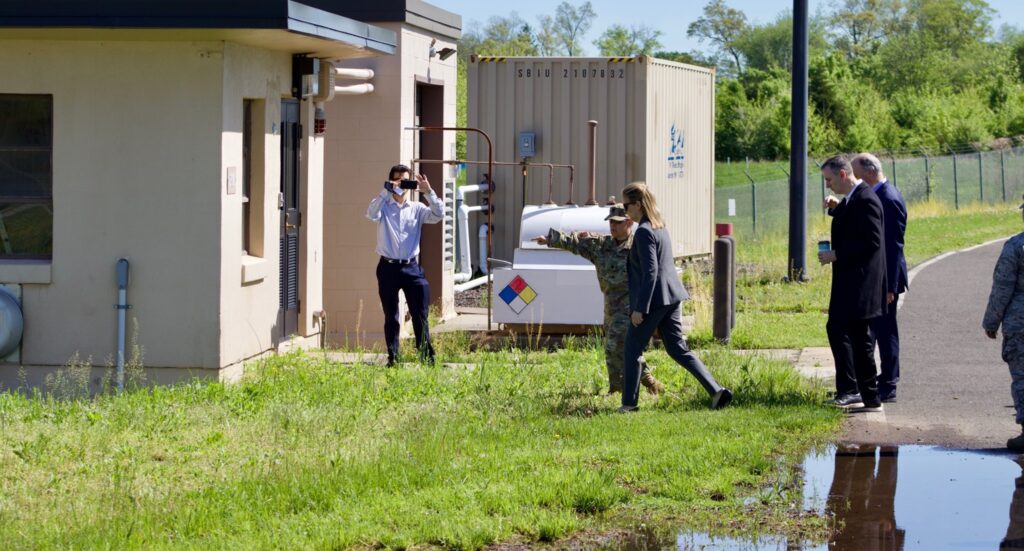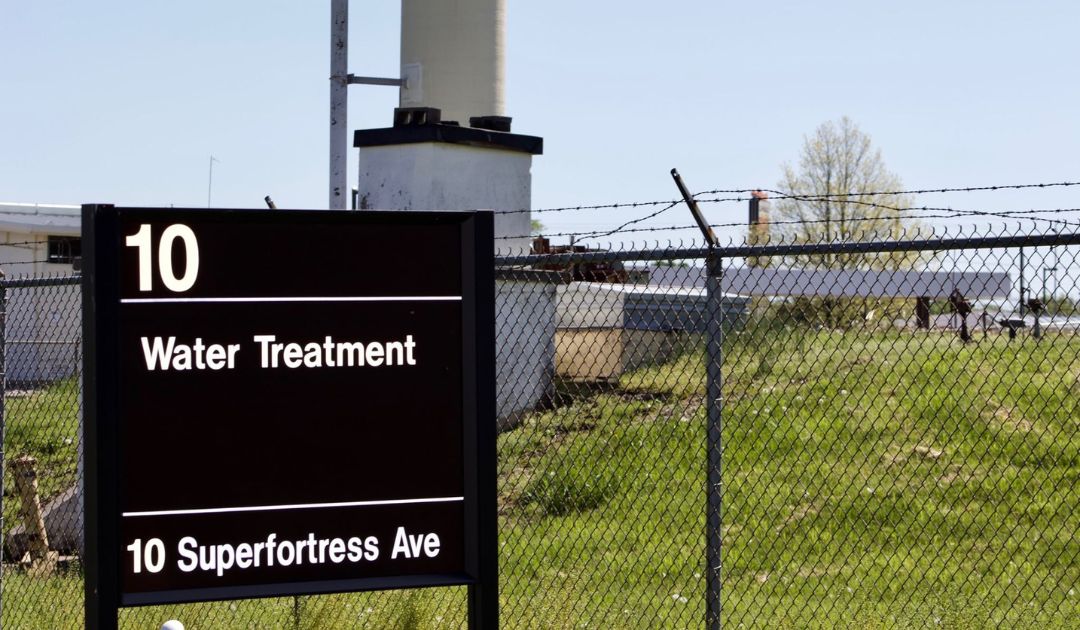Naval Air Station Joint Reserve Base Willow Grove is back in the headlines for its role in releasing harmful chemicals—per and polyfluoroalkyl substances, commonly known as PFAS—into the area’s drinking water.
According to NBC10, those chemicals are now being studied by Dr. Resa Jones, the CDC’s principal investigator, on behalf of Air Force veteran Joe McGrath, who served on Naval Air Station Joint Reserve Base Willow Grove for 34 years.
So far, the analysis has found that McGrath’s PFAS levels are 384 nanograms per milliliter. According to The National Institute of Health, “there is an increased risk of adverse effects above 20 nanograms.”
The ongoing study has also found that 375 of 1250 adults and five of 90 children tested, all of whom lived near Willow Grove, showed high levels of PFAS, NBC10 said.
The base, a Naval Air Station owned by the U.S. Navy and located in Horsham Township, mostly closed down in 2011, which is the same year the U.S. Department of Defense and the Environmental Protection Agency (EPA) confirmed that PFAS were found in the site’s groundwater and soil and in the drinking water supply for the base and surrounding neighborhoods.
Experts believe that firefighting foam used for training exercises caused the contamination at the base. A Department of Defense spokesperson told NBC10 they remain “committed to fulfilling our PFAS-related cleanup responsibilities.”
From the EPA’s assessment:
Past/present activity resulted in contamination that includes Volatile Organic Compounds (VOCs) in groundwater, PFAS in soil, surface water, sediment and groundwater, and metals in soil. The Site was added to the Superfund program’s National Priorities List (NPL) in 1995.
The U.S. Department of Health and Human Services issued a report on the matter in 2020:
The news of the study follows Congresswoman Madeleine Dean’s efforts to secure $37,543,000 from the Environmental Protection Agency to remove PFAS from Pennsylvania communities.
Dean toured the base in 2019. From her follow-up post:
We saw massive piles of soil contaminated by PFAS – and no plan to dispose of them. We also saw an inadequate filtration system that routinely allows contaminated water to enter our groundwater system.
We have no time to lose. It’s time to implement a Maximum Contaminant Level for PFAS, to clean up our contaminated water supplies, and to ensure that our communities’ drinking water is never neglected again.


For NBC10’s video coverage, you can watch below:
For all the latest news, follow us on Facebook or sign up for Glenside Local’s “Daily Buzz” newsletter here.
Photos: Madeleine Dean

